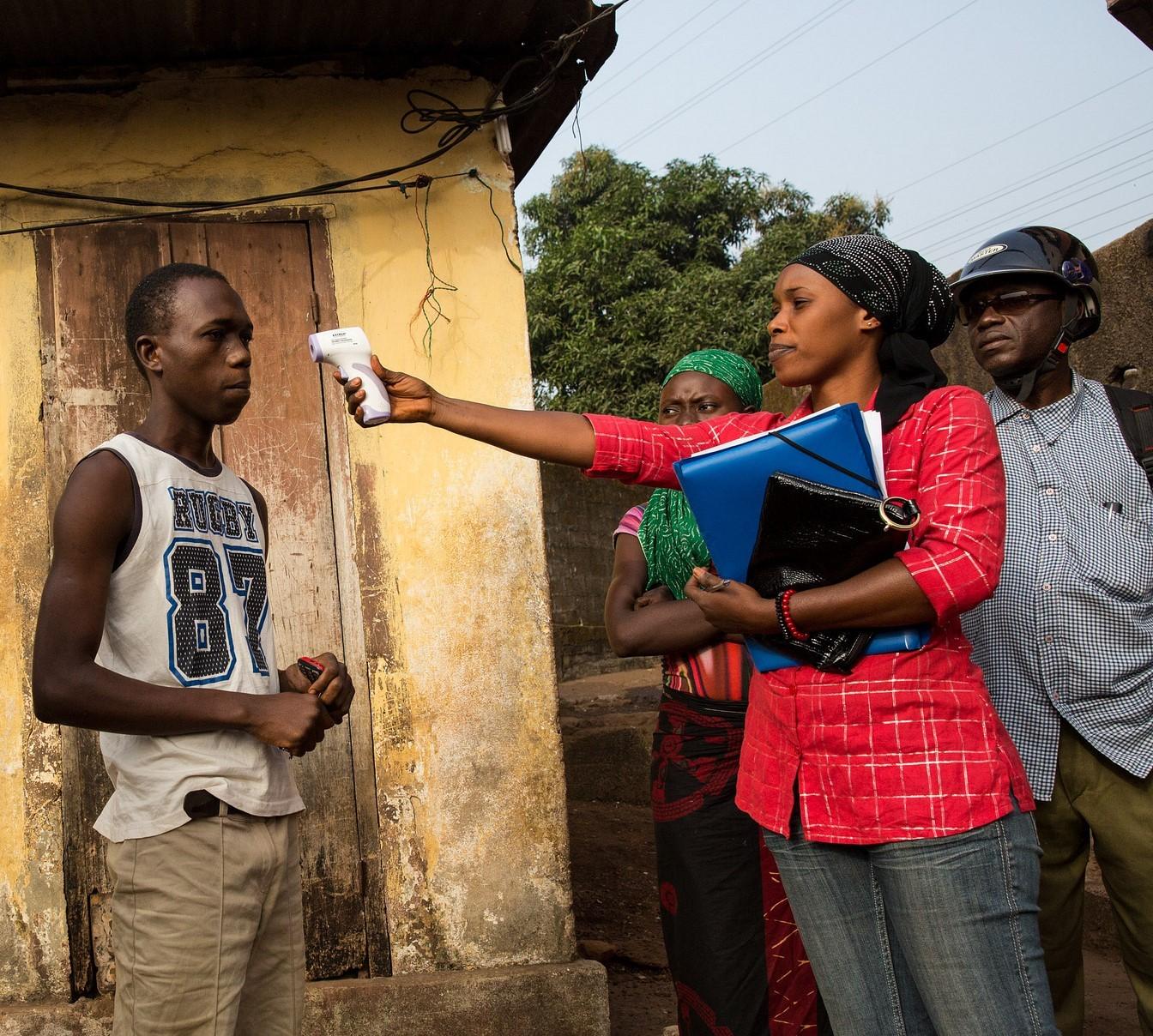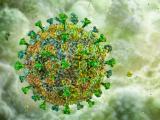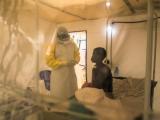Health officials are closely tracking contacts of two patients who were taken out of an Ebola isolation facility in the city of Mbandaka, an event that may have exposed dozens of people to the virus, and officials added three suspected cases to the outbreak but pared back the number of probable infections.
An aid worker from Doctors Without Borders (MSF) said two critically ill patients were taken out of the hospital by relatives on motorbikes and driven to a prayer meeting, attended by 50 other people, Reuters reported today.
Both patients were vomiting and died hours after the prayer service. Jean-Clement Cabrol, emergency coordinator with MSF, said the families organized the escape and the patients were too sick to walk. When they were found after the prayer service, one was dead and the other was dying, according to the report, which said a third patient who left the ward survived.
Peter Salama, MD, WHO deputy director-general for emergency preparedness and response, told Reuters that health officials are tracing the motorcycle drivers and others who came in contact with the patients.
"From the moment that they escaped, the [health] ministry, WHO and partners have been following very closely every contact," he told the news service.
Earlier this week, media reports said health responders are grappling with superstitions among some residents in the outbreak areas and that some turn to churches and pastors for help rather than medical clinics. Workers in West Africa faced similar challenges in its 2014-16 outbreak, and the WHO has said anthropologists were among the first wave of responders to arrive in the DRC outbreak area to help navigate local customs and beliefs.
In other outbreak developments, the DRC's health ministry today scaled back the number of cases because some earlier suspected cases have now tested negative for Ebola. As of May 23, the ministry said there are 52 cases, 31 confirmed, 13 probable, and 8 suspected.
It added, however, that the totals reflect 3 new suspected cases, 2 from Bikoro and 1 from Iboko. Seven tests on earlier patients were negative, including 5 from Wangata Health District, which encompasses part of Mbandaka. The total dropped from 58 cases yesterday, when 21 probable cases were included.
Vaccine developments, challenges
In an update yesterday on use of the investigational VSV-EBOV vaccine, the WHO provided more details about the campaign. It said Doctors Without Borders (MSF) will be supporting the health ministry with vaccination in Bikoro and Iboko, the rural locations were most of the cases have been reported, and the WHO will support the health ministry with vaccination in Mbandaka, the capital of Equateur province that is home to 1.2 million people.
The WHO said trained social mobilizers will be part of ring vaccination teams and will visit the family and neighbors of confirmed patients to explain the immunization process to potential participants.
Based on the WHO's protocol for expanded use of the vaccine in the DRC, children younger than 6 years and pregnant and lactating women will not get the vaccine because of limited data on those subgroups. "Available data from previous trials suggest that they might be indirectly protected by vaccinating the ring," the group said.
In a New England Journal of Medicine (NEJM) report yesterday, two top officials from the MSF and the WHO spoke of the challenges they expect to encounter while conducting research in an emergency setting.
Rebecca Grais, PhD, director of research for the MSF Epicenter in Paris, said planning between the health ministry and teams from the MSF before the DRC's Ebola outbreak in 2017 paved the way for the current campaign. She said the protocol isn't the hard part, but rather making quick judgments in the field keeping in mind that responders are visitors and want information to be shared.
She said participants will be followed for 42 days, whether they opt to be vaccinated or not, and the MSF plans to include 500 people in the trial and start as soon as its teams are on the ground in the DRC.
The NEJM report notes that the MSF and WHO teams have slightly different approaches, with the MSF's intent primarily research and the WHO's intent focused a bit more on treatment, given dissemination of the vaccine's on a compassionate-use basis. The report notes, however, that both groups are eager to see the research integrated into response operations. The WHO's Salama told NEJM that otherwise, health officials won't learn what the best approach is.
He added that the greatest challenges will revolve around communication and logistics, with the vaccine going only to specific people and vaccinators needing to navigate the outbreak's dense forested setting that has few roads.
He praised the efforts of DRC Health Minister Oly Ilunga Kalenga, MD, PhD, who personally saw that the vaccine that came from Geneva to Kinshasa went directly to cold chain storage.
"It is that level of commitment that it takes. And we don't often see that type of commitment anywhere around the world," he told NEJM.
Disinfectant and PPE lessons from West Africa
A new analysis today from two Ebola treatment centers operated during Sierra Leone's outbreak may shed more light on chlorine supplies and personal protective equipment needed, which could be useful for planning, especially in low-resource settings.
The report, based on two facilities run by International Medical Corps, appeared today in PLoS One.
Researchers found a strong correlation of each facility's patient population and use of high-concentration chlorine for disinfecting equipment and surfaces. They also found that use of the chlorine solution strongly correlated with the number of times staff entered high-risk zones.
Over the study period, the group found that one of the facilities used much more chlorine than the other, perhaps because it covered a larger geographic region and had a larger ambulance fleet, resulting in more equipment that needed disinfection.
Adam Levine, MD, MPH, with IMC and Brown University, study coauthor, said in a PLoS press release, "As the number of cases of Ebola Virus Disease grows by the day in the Democratic Republic of Congo, it's vital that we learn from the past epidemic in West Africa in order to improve our current response."
See also:
May 24 Reuters story
May 24 DRC health ministry update
May 23 WHO Ebola vaccine FAQ
May 23 NEJM perspective
May 24 PLoS One study
May 24 PLoS news release


















